An overhead stirrer, also known as a laboratory overhead mixer or a magnetic stirrer, is a device used in scientific laboratories and industrial settings to mix or stir liquids. It is especially useful for solutions that require consistent agitation or blending.
The basic design of an overhead stirrer consists of a motor unit mounted on a stand or support rod. The motor unit contains a motor that drives a vertical mixing shaft. At the lower end of the shaft, there is a stirring element, such as a paddle, impeller, or propeller. This element is immersed in the liquid, and as the motor rotates the shaft, it creates a swirling motion in the fluid, promoting mixing.
Overhead stirrers are often equipped with variable speed controls, allowing users to adjust the rotation speed according to their specific requirements. Some models also offer additional features such as digital displays for speed and torque, programmable operation, and the ability to set timers or alarms.
These devices are commonly used in various scientific fields, including chemistry, biology, pharmaceuticals, and materials science. They are employed for tasks such as dissolving solids, preparing suspensions, emulsifying liquids, and maintaining homogeneous mixtures. Overhead stirrers are particularly useful when dealing with large volumes or viscous liquids that are difficult to mix manually.
It’s important to note that overhead stirrers are distinct from magnetic stirrers, which use a rotating magnetic field to drive a magnetized stirring bar placed inside the vessel. Magnetic stirrers are typically used for smaller volumes and less viscous solutions.




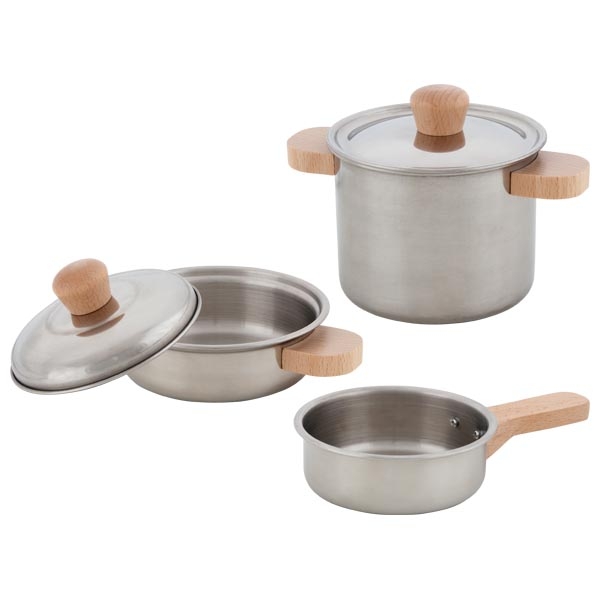
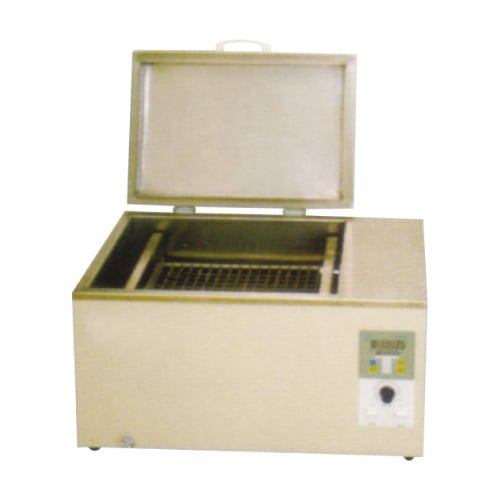
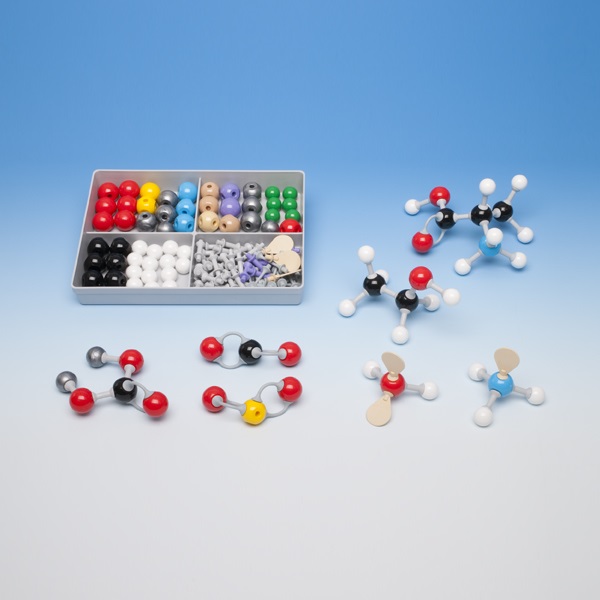
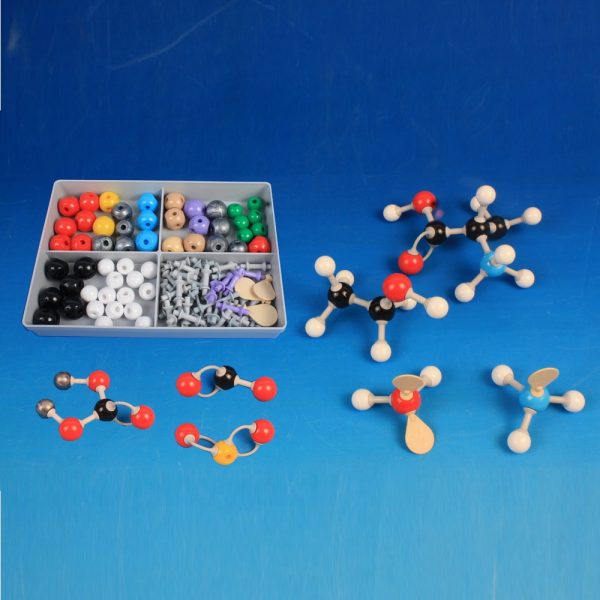
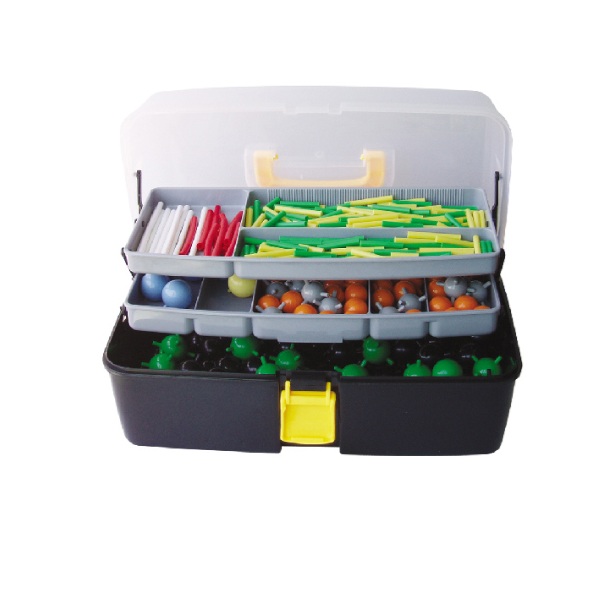
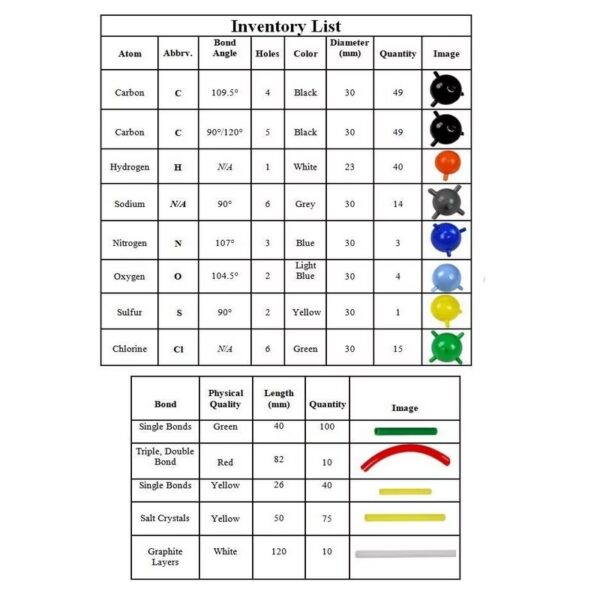
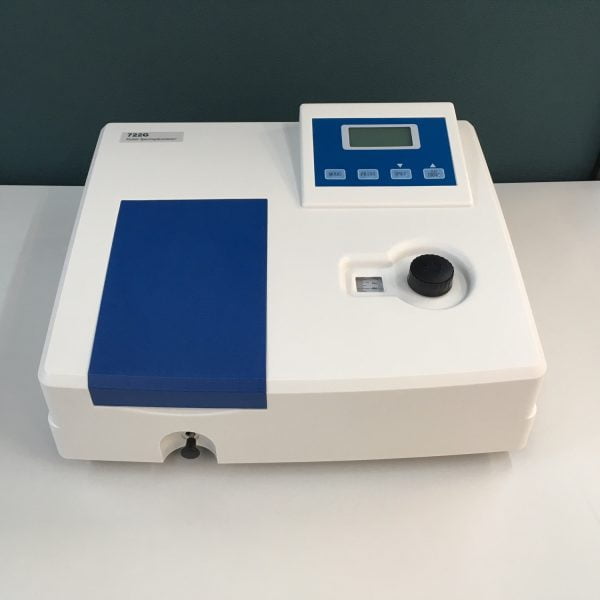
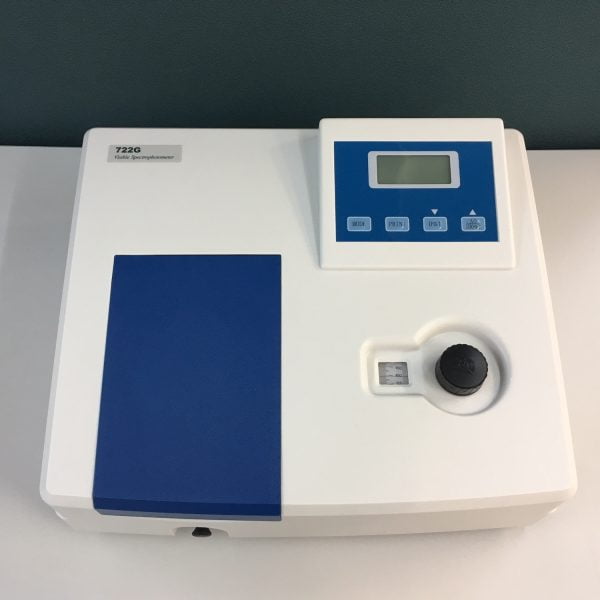
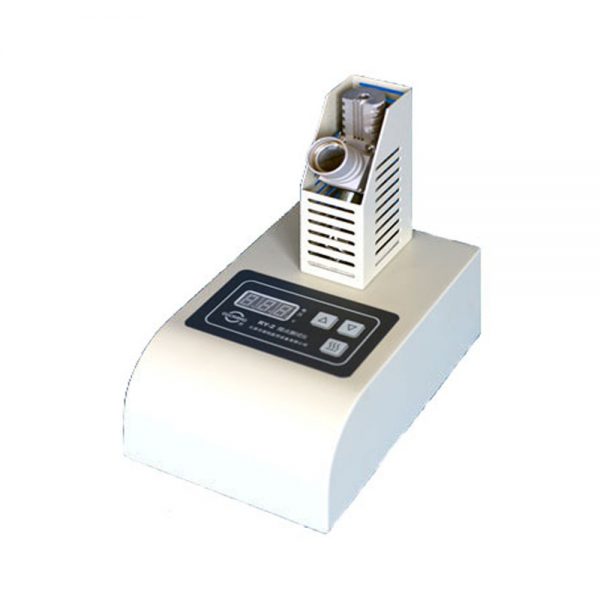
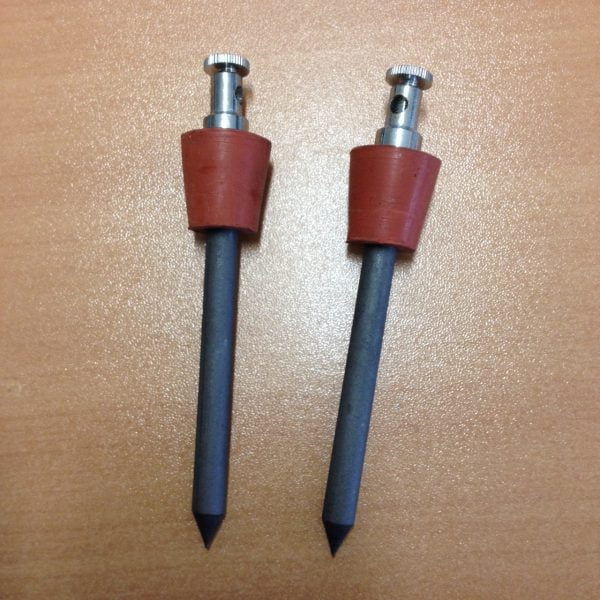
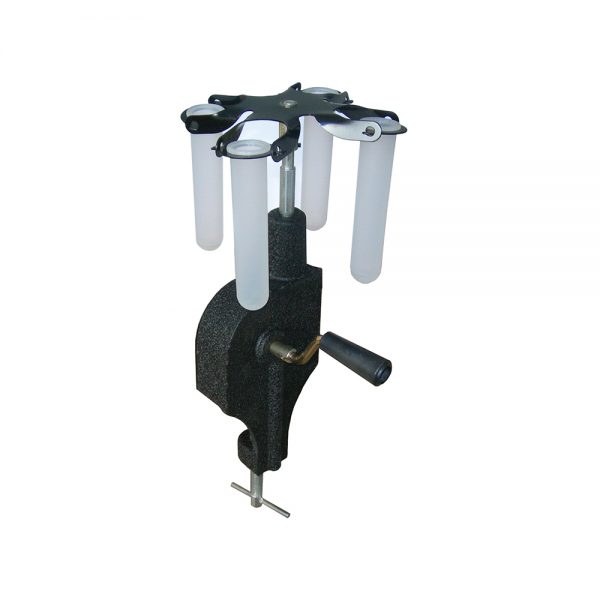
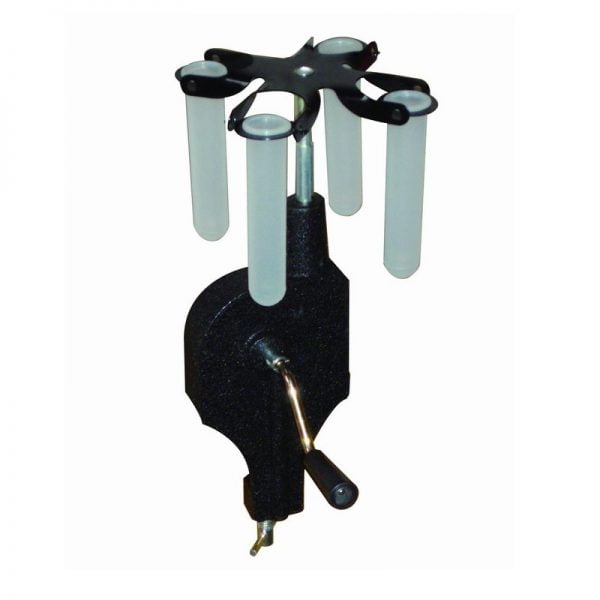
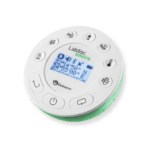 Labdisc
Labdisc Botzees
Botzees Edison
Edison Telepresence Robot
Telepresence Robot DOBOT
DOBOT Keyestudio
Keyestudio Fischertechnik
Fischertechnik